Scandinavian Interior Too Stunning to Stay Ignored
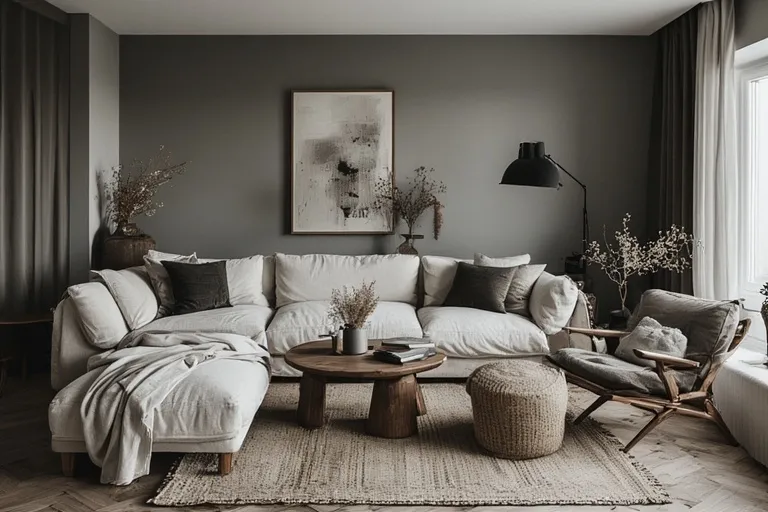
When it comes to home design, Scandinavian interior style stands out for its calm, cozy, and effortlessly elegant aesthetic. Rooted in the Nordic countries of Sweden, Denmark, and Norway, this timeless design approach combines minimalism with warmth, functionality with beauty, and nature with modern living. Whether you live in a spacious home or a small apartment, embracing Scandinavian principles can create a peaceful, light-filled atmosphere that nurtures both comfort and creativity.
What Is Scandinavian Interior Design?
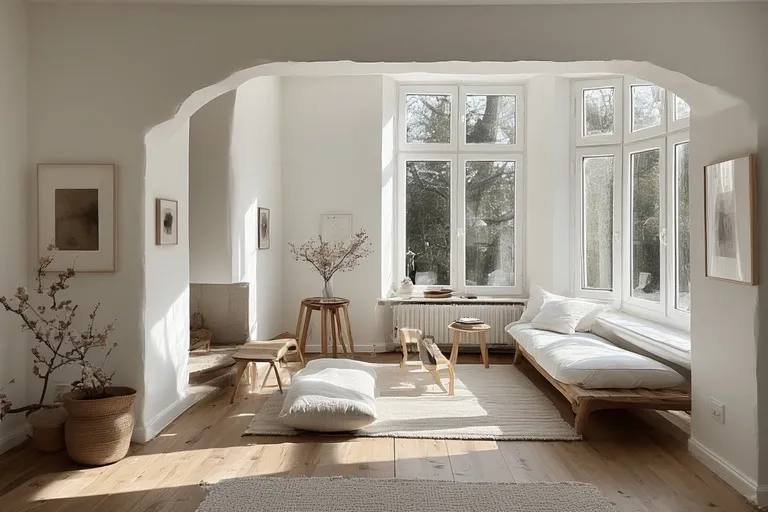
Scandinavian design is more than a look — it’s a lifestyle philosophy centered around simplicity, functionality, and harmony. Emerging in the early 20th century, the movement responded to dark, long winters and limited daylight in Northern Europe. Designers began focusing on light, natural materials, and uncluttered spaces to create interiors that felt open, bright, and soothing. You have to look Afrohemian Decor Kitchen
At its core, this design emphasizes:
- Minimalism: A “less is more” approach that avoids clutter.
- Natural light: Maximizing daylight through light walls, sheer curtains, and reflective surfaces.
- Neutral colors: Whites, beiges, soft grays, and muted pastels dominate the palette.
- Organic materials: Wood, wool, linen, leather, and stone add warmth and texture.
- Functional design: Every piece of furniture has a purpose, blending beauty and practicality.
The Philosophy Behind Scandinavian Design
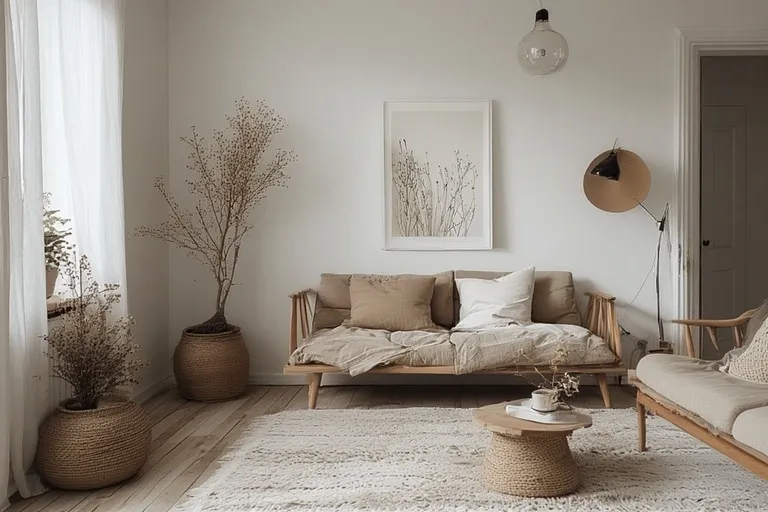
Scandinavian design is deeply tied to the concept of “hygge” (a Danish word meaning coziness and contentment). The idea is to create a home that feels inviting, where every detail encourages relaxation and togetherness. This approach doesn’t just make a space look good — it makes it feel good.
The philosophy extends beyond décor. It’s about intentional living — choosing quality over quantity, comfort over luxury, and functionality over excess. Scandinavian reflect mindfulness and appreciation for life’s simple pleasures.
Elements of Scandinavian Design
1. Neutral and Light Color Palette
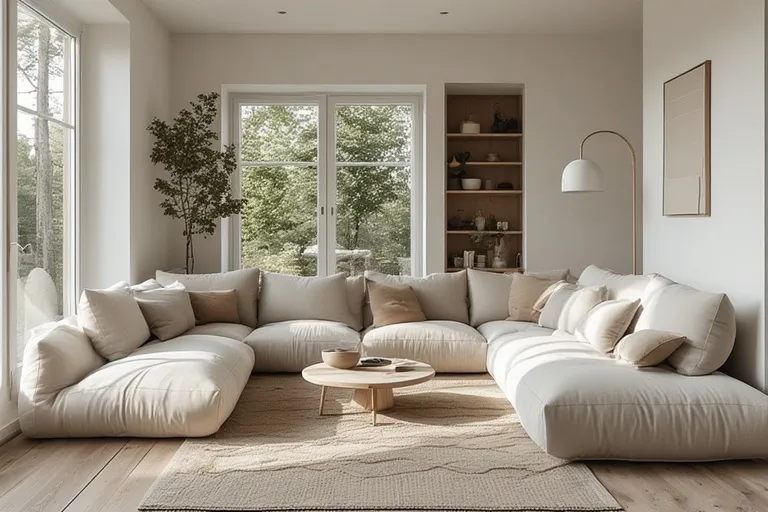
The base of Scandinavian is light — both natural and artificial. White walls, pale wood floors, and soft-toned textiles enhance brightness. The goal is to reflect as much light as possible, making even small spaces feel open and airy. Pops of muted blues, greens, or blush tones can add personality without overwhelming the calm palette.
2. Functional and Minimal Furniture
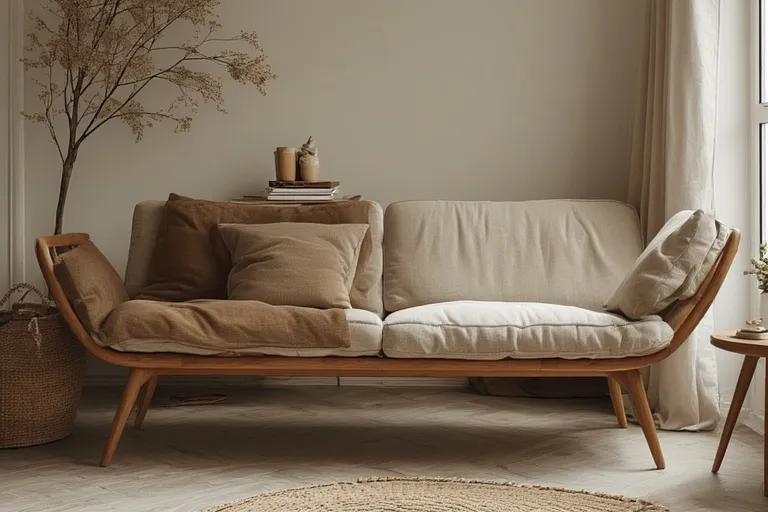
Furniture in Scandinavian design is known for its clean lines and craftsmanship. Pieces often feature slim, tapered legs and smooth edges. Think of classic brands like IKEA or designers such as Alvar Aalto and Arne Jacobsen — timeless, practical, and stylish. Avoid bulky furniture; instead, opt for items that serve multiple functions or can be easily moved around.
3. Natural Materials
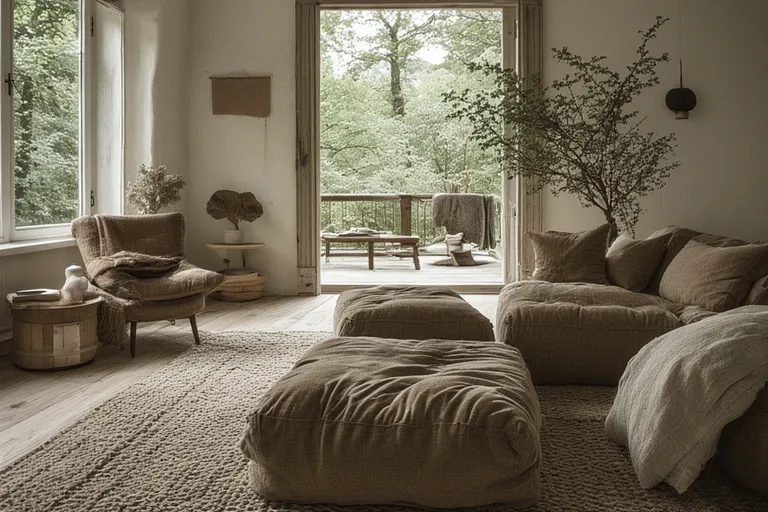
Nature plays a central role. Light woods like birch, pine, and oak are commonly used for flooring and furniture. Fabrics such as wool, cotton, and linen bring in warmth and softness. The combination creates a tactile balance — sleek yet cozy.
4. Clutter-Free Spaces
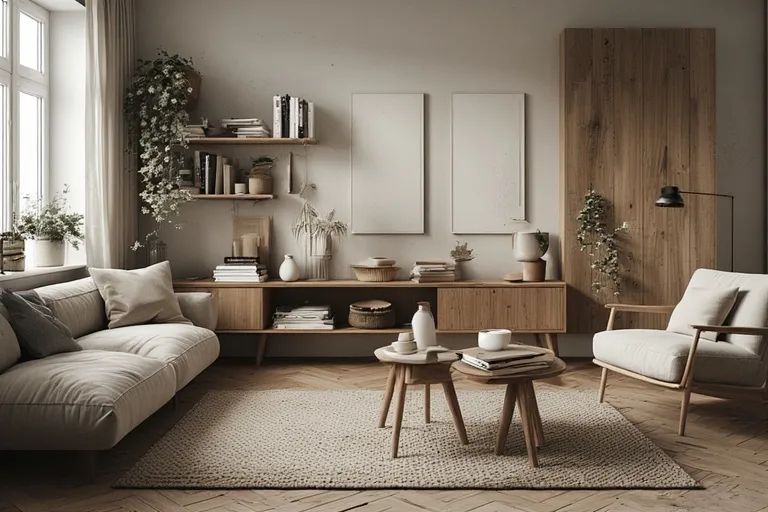
Organization is key. Scandinavian design promotes open space and clear surfaces. Decorative items are kept minimal, and storage solutions are cleverly integrated into furniture. The result is a visually peaceful environment that promotes mental clarity.
5. Warm Lighting
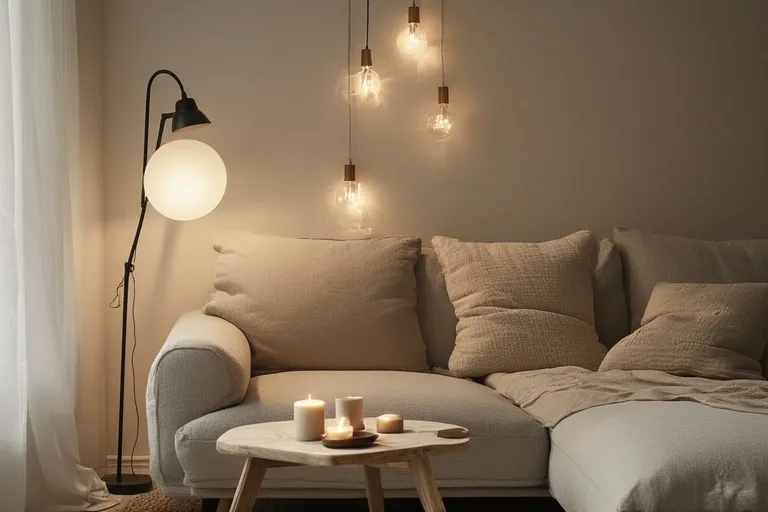
Lighting is essential, especially in Nordic countries where daylight can be limited. Layered lighting — from pendant lights and floor lamps to candles and fairy lights — helps create a warm, welcoming glow. Soft, diffused light enhances the feeling of comfort and serenity.
How to Achieve the Scandinavian Design Look in Your Home
Start with Simplicity
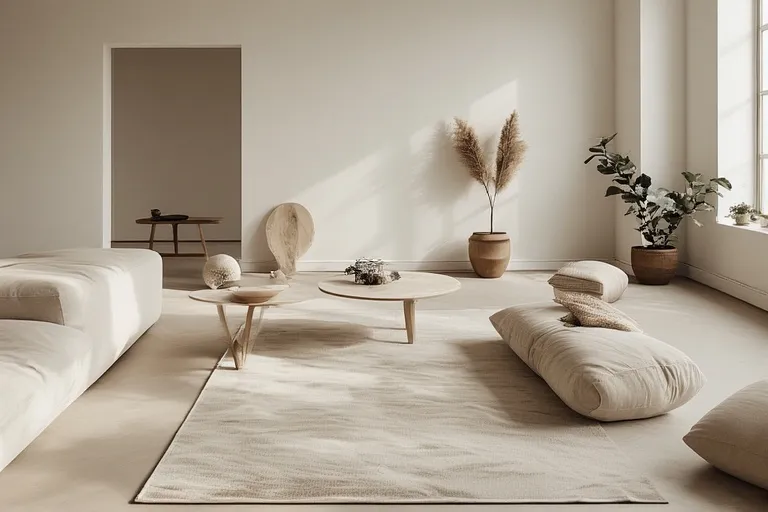
Begin by decluttering your space. Remove unnecessary items and keep only what adds function or beauty. A minimalist foundation sets the tone for a clean and balanced interior.
Use Light Colors as a Base
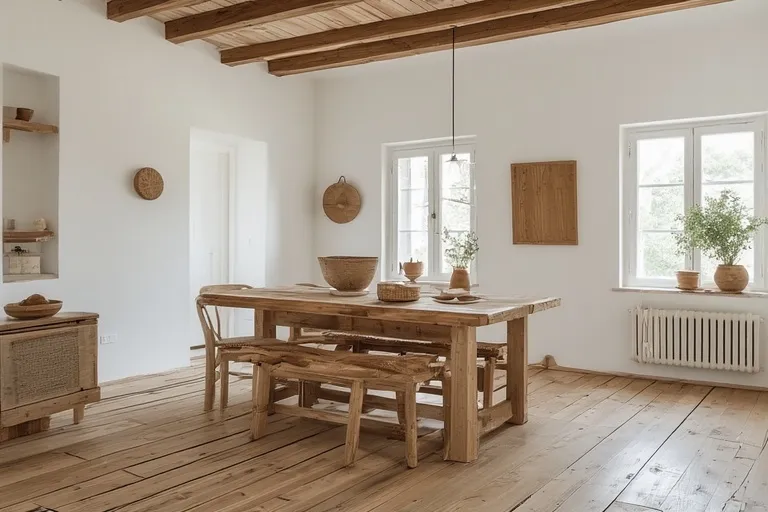
Paint your walls white or off-white to make your space feel larger and brighter. Combine this with light wooden furniture and floors for a cohesive, natural look.
Incorporate Natural Textures
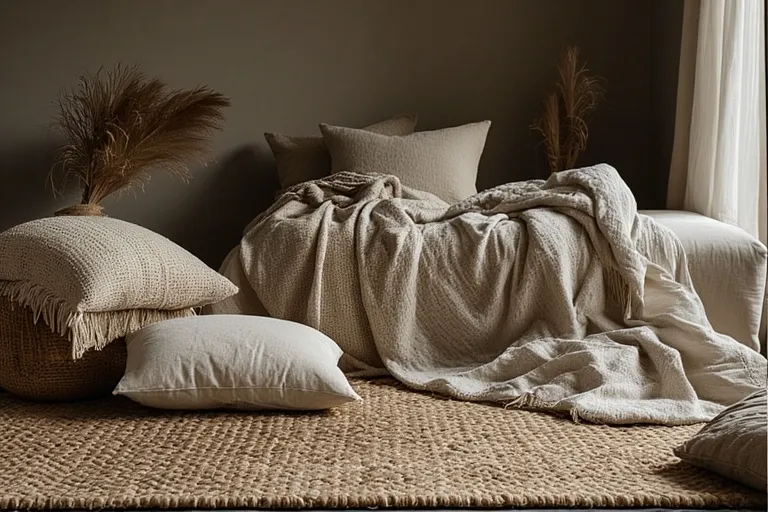
Layering different textures prevents a neutral palette from feeling flat. Mix materials like wool throws, jute rugs, and linen cushions to add depth and comfort.
Add Greenery
Plants bring life and color to Scandinavian spaces. Choose low-maintenance options like monstera, snake plants, or succulents. Their natural beauty complements the organic, earthy aesthetic.
Prioritize Functionality
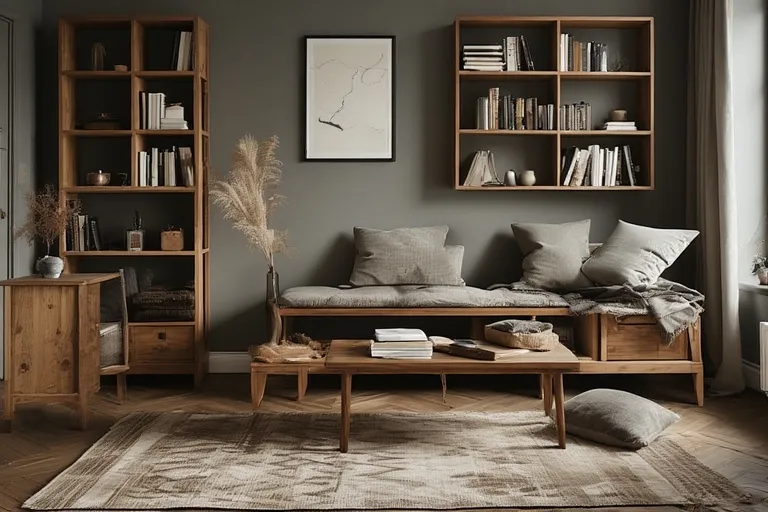
Scandinavian design values practicality. Choose furniture that serves multiple purposes — such as a storage bench, nesting tables, or modular shelving units. Every item should have a reason to exist.
Embrace Hygge
Create cozy corners with soft lighting, plush textiles, and warm colors. Add candles, a favorite book, or a cup of coffee — small touches that make your space feel truly personal.
The Role of Sustainability in Scandinavian Design
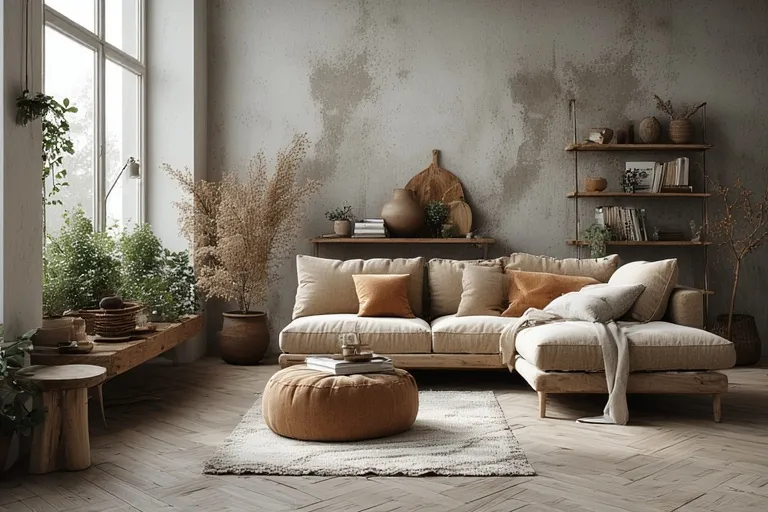
Sustainability is a core value in Scandinavian living. Designers prioritize durable, eco-friendly materials that age gracefully over time. This means buying less but better — investing in pieces that last for years instead of following fast-changing trends.
Many Scandinavian brands now focus on ethical production, recycling, and using renewable resources. Incorporating these principles not only benefits the environment but also creates a sense of responsibility and mindfulness in everyday life.
Common Mistakes to Avoid in Scandinavian Design
While Scandinavian design seems simple, it’s easy to go wrong by missing its balance of minimalism and warmth. Here’s what to watch out for:
- Overly sterile look: Avoid making spaces feel cold by adding texture, greenery, and soft lighting.
- Too much clutter: Keep decorations limited to meaningful, functional items.
- Ignoring comfort: A truly Scandinavian home should feel inviting, not rigid or overly styled.
- Neglecting lighting: Natural light is the heart of this design — keep windows unobstructed and add soft lamps or candles.
Why Scandinavian Design Is Timeless
Scandinavian design continues to be loved worldwide because it’s adaptable, timeless, and universally appealing. Its focus on simplicity, sustainability, and comfort transcends trends. Whether you’re decorating a city apartment or a countryside home, this design ensures your space remains both stylish and livable for years to come.
It’s not just about the look — it’s about creating a calm and balanced lifestyle that promotes well-being.
Conclusion
Scandinavian interior design is a perfect blend of simplicity, function, and warmth. Its neutral tones, natural materials, and emphasis on light create homes that feel peaceful and inviting. More than a visual style, it’s a mindset that values authenticity, mindfulness, and sustainable living. By embracing its principles, you can transform your space into a timeless haven — one that celebrates beauty in simplicity and comfort in everyday life.
Q1: What is Scandinavian interior design?
A: It’s a minimalist design style focused on light, functionality, and comfort.
Q2: What colors define Scandinavian interiors?
A: Mostly whites, grays, beige, and soft natural tones.
Q3: What materials are common in Scandinavian homes?
A: Wood, wool, linen, leather, and stone.
Q4: How can I make my home more Scandinavian?
A: Use light colors, natural textures, and keep décor simple.
Q5: Why is Scandinavian design so popular?
A: Because it blends beauty, simplicity, and a cozy, calming atmosphere.

One Comment